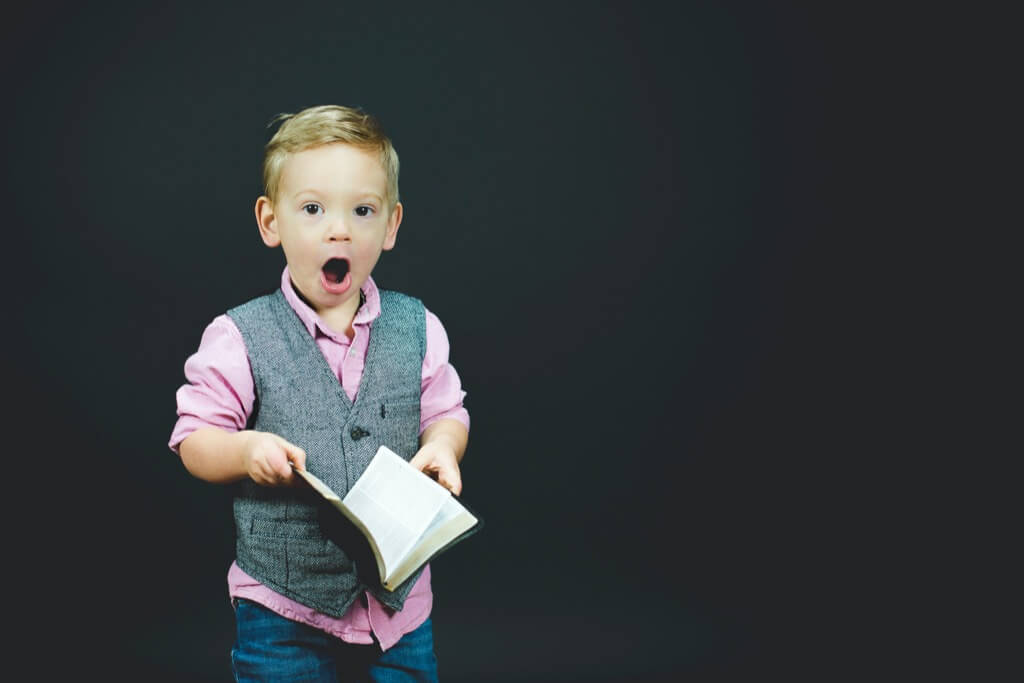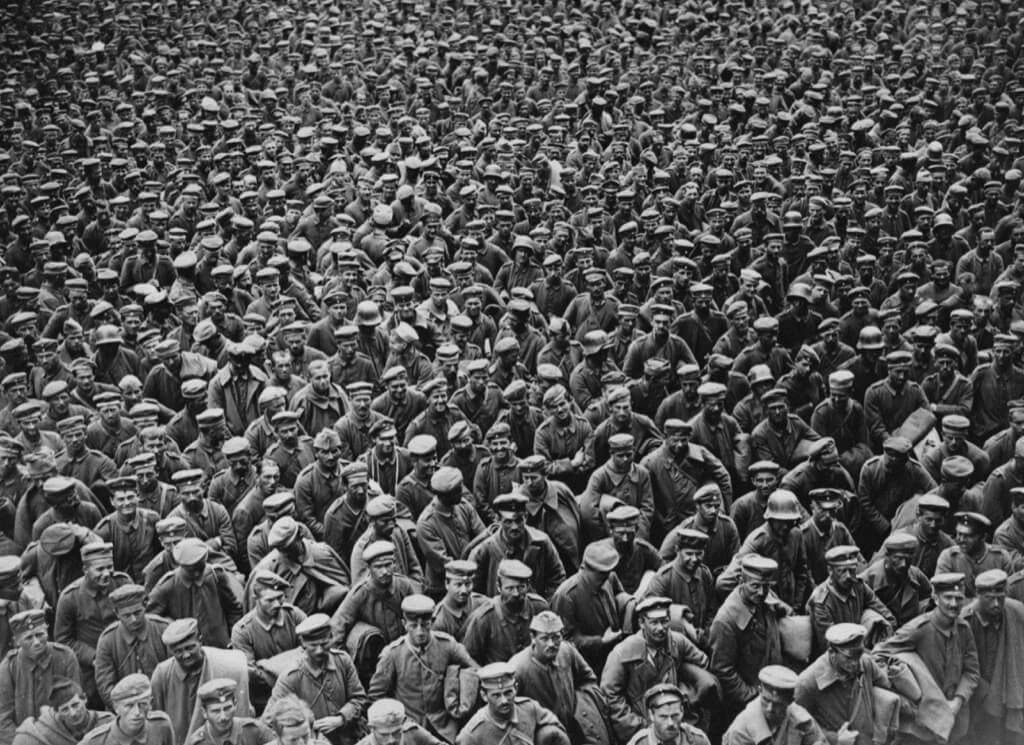In the aftermath of World War II, Germany stood in ruins, both physically and morally. The country, divided into four zones of occupation, grappled with the harrowing legacy of the Third Reich. The Nürnberg trials, a pivotal series of military tribunals, unveiled the extent of Nazi atrocities to the world, marking the onset of Germany’s journey from devastation to redemption. This transformative period is critical in understanding the resurgence of a nation determined to redefine its identity.
Post-war Germany faced an unprecedented challenge: the de-nazification of its society. This process was more than a political necessity; it was a moral imperative. Unlike the glorified defeats of Napoleon’s France or Austria in the Seven Years’ War, Germany’s post-war sensation was akin to a collective awakening from a trance of extremism. The German people, burdened by the guilt of their nation’s actions, yearned to distance themselves from this dark past.
The 1950s marked a period of introspection and rebuilding for Germany. Driven by the desire to redefine their national identity, the Germans embarked on a journey of economic and political reconstruction. This era, known as the “German economic miracle,” saw rapid industrial growth and economic revival. Germany’s significant role in the formation and leadership of the European Union further exemplified its commitment to a new, cooperative future.
Learning from the Past
In post-war Germany, the question of how to teach a troubled history was of paramount importance. The nation faced the unique challenge of presenting an honest account of the Nazi era, an undertaking made imperative by the extensive documentation of Nazi crimes. German educational curricula, therefore, adopted an unflinchingly truthful approach to this period.
Despite the decentralized nature of Germany’s education system, with each of the 16 states having autonomy over their curricula, there exists a national consensus on the necessity of confronting the Nazi era comprehensively. The curriculum encompasses several key aspects, each shedding light on different facets of this historical period.
The Weimar Republic, Germany’s first democratic endeavor post-World War I, is taught with a blend of nostalgia and cautionary insight. Educational focus is placed on the Republic’s democratic aspirations, its subsequent struggles, and the conditions that led to the rise of the Nazi regime. This segment is crucial in understanding the vulnerabilities of democracy and the factors contributing to its downfall.
Nazi Ideology and Atrocities
German education does not shy away from the brutal realities of the Nazi era. Students are exposed to a wide range of materials, including historical documents, literature, and visits to Holocaust memorials, to understand the consequences of totalitarianism and racial hatred. The curriculum includes works by authors like Berthold Brecht, Thomas Mann, and contemporary writers such as John Boyne and Bernhard Schlink. These literary works, along with the poignant stories of Holocaust survivors, provide diverse perspectives on the era. The inclusion of Jewish voices and experiences is particularly emphasized, offering a vital dimension to the Holocaust’s understanding.
Advanced classes tackle challenging texts, including excerpts from “Mein Kampf,” to dissect and critique Nazi ideology. This comprehensive approach ensures students gain a holistic understanding of the period, from its ideological underpinnings to its catastrophic outcomes.
In a deliberate educational choice, the military aspects of World War II are not emphasized in German schools. This approach aims to prevent any resurgence of nationalist pride and focuses instead on the ideological and human implications of the war. While this ensures the emphasis on critical themes, it also leads to a lack of awareness among students about specific military campaigns and conquests.
Additional Facts
Age-Specific Approaches: German schools introduce the topic of World War II and the Holocaust at different educational levels with age-appropriate materials and discussions. Younger students are introduced to the subject in simpler terms, while older students engage in more complex and detailed study.
Cross-Disciplinary Learning: The teaching about WWII in German schools is not confined to history classes. It is integrated across various disciplines, including German literature, political science, ethics, and religion, providing a multidimensional understanding of the era.
Use of Personal Narratives: German educators often use personal narratives and diaries to teach about WWII. This includes diaries of people who lived through the war, both victims and perpetrators, to provide a more personal and emotional understanding of the events.
Emphasis on Local History: Schools often focus on local history related to WWII, including local memorials, events, and figures. This approach helps students understand the impact of the war on their own communities and regions.
Interactive Learning Methods: Interactive methods like role-playing, debates, and project-based learning are used to engage students actively in the learning process about WWII. This helps in fostering critical thinking and empathy among students.
Integration of Current Events: Teachers often draw parallels between WWII, the Holocaust, and current events. This method helps students see the relevance of historical lessons in today’s world, particularly in understanding racism, anti-Semitism, and authoritarianism.
Teacher Training and Guidelines: German teachers receive specific training on how to teach about WWII and the Holocaust. There are also detailed guidelines and recommended materials provided by educational authorities to ensure a sensitive yet comprehensive coverage of the topic.
Inclusion of Post-War Developments: Lessons about WWII in German schools also include the post-war period, focusing on topics like the division of Germany, the Cold War, and German reunification, to provide students with a complete historical context.
Exposure to International Perspectives: German students are also exposed to international perspectives on WWII. This includes studying the war’s impact on different countries and how it is taught in other educational systems, promoting a global understanding of the event.
Use of Technology and Media: Modern German classrooms often incorporate technology and media, such as documentaries, films, and online archives, to enhance the learning experience about WWII. This multimedia approach helps in creating a more engaging and comprehensive educational environment.
Germany’s Ongoing Legacy
The transformation of post-war Germany is a testament to the nation’s commitment to confronting its past and forging a brighter future. Germany’s approach to teaching its history serves as a model for nations grappling with their dark chapters. By addressing its painful history openly, Germany has not only reconstructed its national identity but also contributed significantly to the global memory and conscience.
This journey of Germany from the ashes of World War II to becoming a beacon of hope and introspection is more than a historical narrative; it is a testament to the resilience and capacity for change inherent in societies. It underscores the power of confronting the past, not as a means to dwell on it, but to learn, grow, and ensure that the lessons of history steer humanity towards a more enlightened and compassionate future.




